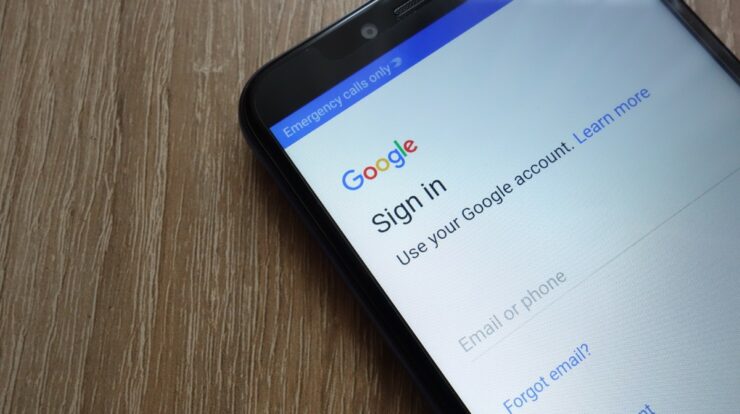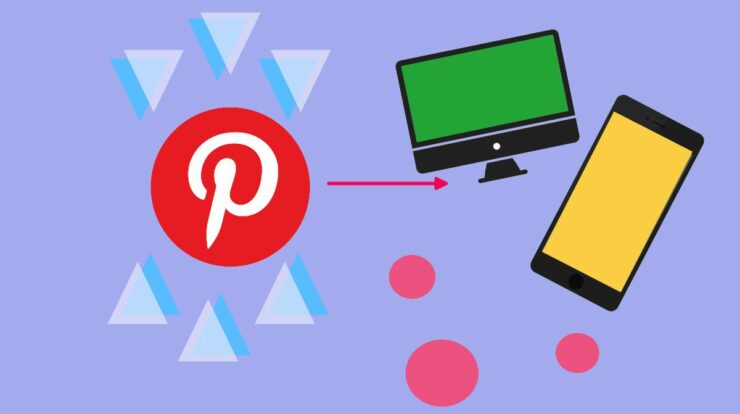
Well, if you connect your PC to the internet, you must keep it up to date. Microsoft regularly releases critical security updates, bug fixes, and new feature releases for Windows 10 to improve the overall user experience. If you do not keep Windows updated, you put your PC (and the data stored on it) at risk. On most occasions, Windows can handle the update process without the need for user intervention. However, from time to time, Windows simply refuses to install updates, leaving them in limbo. Here’s what you’ll need to do if you encounter Windows Update Stuck issue.
[lwptoc]
Give It Time (Then Force A Restart)
It may appear to be the obvious solution, but sometimes the most straightforward solution, when a Windows Update Stuck, is simply to give it a little more time. The progress bar may not be moving, but that doesn’t mean nothing is happening.
Windows releases cumulative updates every month, which combine other update releases into a single, easy-to-install download and installation. In addition, much larger feature updates will release twice a year.
These are significant updates to the Windows operating system, including new features, changes to the overall user experience, and critical bug fixes. These updates can be substantial and time-consuming to complete.
If your Windows 10 update has been stuck for an hour or more, force a restart. Only do this if your PC is truly unresponsive, as restarting in the middle of an update cycle can cause your system to crash, forcing you to reinstall Windows to get things back up and running.
Run Windows Update Troubleshooter
While Windows is relatively good at resolving issues with updates on its own, it can be helpful to use the built-in Windows Troubleshooter tool to help diagnose and resolve any problems with your system.
1. This tool can be found and launched from the Windows Settings menu. To access this, right-click the Windows Start button and select Settings. To access the troubleshooting tool, go to Update & Security > Troubleshoot.
2. Suppose Windows has any immediate recommendations for you, including tips to help improve the update experience. In that case, they will be listed at the top of the Troubleshoot menu under the Recommended troubleshooting section.
3. To use the Windows 10 Update Troubleshooter, go to the Getup and running section, select Windows Update, and press Run the troubleshooter to launch the tool.
4. The tool will launch in a new window and automatically scan your computer for problems or issues. If it detects a problem with a stuck update, it will fix it automatically or notify you of what to do next. If Windows finds no problems, it will prompt you to provide feedback or close the tool.
The Windows Troubleshooter cannot fix every problem, but it will attempt to resolve it if one is detected. If it can not, you will need to try one of the alternatives listed below.
Delete Temporary Windows Update Files
A corrupted Windows 10 update can sometimes be repaired by deleting Windows’s temporary files when installing updates. However, it can force Windows to download the files again and then reinstall.
It should fix the problem if the Windows 10 stuck on update is due to broken or corrupted files.
1. To accomplish this, you must first disable some Windows services related to Windows Update. Right-click the Windows Start button and select Windows PowerShell (Admin). To begin, type net stop wuauserv and net stop bits in the PowerShell window that appears to disable these services.
2. After you’ve disabled these services, run Remove-Item -path c:WindowsSoftwareDistribution, it will remove the folder containing your temporary Windows update files from your computer. To confirm, enter Y or A. You can also manually delete these files using Windows File Explorer.
3. After that, type net start wuauserv and net start bits to restart your Windows Update services.
4. You can then manually check for updates by right-clicking the Start menu and selecting Settings. To access and run Windows Update, navigate to Windows Update > Check for Updates. In case an update has previously failed, this should force Windows to download and reinstall the update.
Manually Update Your PC From Microsoft Update Catalog
Manually downloading and updating your Windows 10 PC can sometimes work around issues with Windows Update. The Microsoft Update Catalog website can be used to search for new updates.
Don’t be fooled by the dated interface; this contains all updates released by Microsoft for its desktop and server operating systems. You’ll need to know the update’s reference code, or you can search by the update name (for instance, Windows 10 cumulative update).
1. Use the Microsoft Update Catalog website’s search tool to find the update. When you’ve found the update you want, click the Download button.
2. Once your update has been downloaded, open the archive file containing it and extract it. Each update should include a setup executable file, which should be double-clicked to run the update.
3. For your update, follow the on-screen instructions (if required). Return to Windows Update (Windows Settings > Update & Security > Windows Update) after the update is complete to check for any additional updates.
If a single update is causing the issue, you should be able to continue with future updates. However, if more than one update is broken, this could be a time-consuming fix, and you may need to consider other options.
Revert Your Windows Installation Using System Restore
A faulty Windows 10 update cannot always be repaired, especially if your Windows installation is defective. To work around this Windows 10 update stuck downloading issue, use Windows System Restore to restore Windows to a previous point in time.
1. To access your System Restore points, open the Run dialogue box by pressing Win + R. Enter sysdm.cpl SystemProperties and press OK.
2. Click System Restore in the System Properties window.
3. Click Next in the System Restore window, then choose a Windows Restore point before your failed update. To proceed, click Next.
4. To confirm, click Finish. It will return Windows to the last point in time you specified.
When the restore process complete, you will able to rerun Windows Update. However, if the Windows update stuck installing issue continues, you may need to consider wiping and reinstalling Windows to get your system to update correctly again.
Keeping Windows Updated
You’ll be dealing with bugs, malware infections, and missing features if you don’t update. Windows 10 is a rolling release operating system, which means it is constantly updated and improved for a better user experience. Windows 10 updates probably take forever, but that’s no reason to turn them off.
If you are experiencing issues, you can completely avoid Microsoft’s systems by updating Windows without using Windows Update, thanks to third-party software. In most cases, however, you should leave Windows alone and follow the steps above to troubleshoot any of the most common Windows 10 update stuck 2021 issues.

















